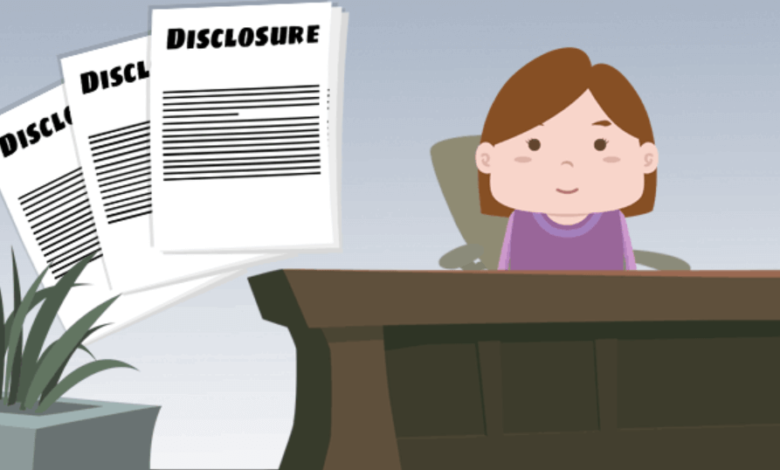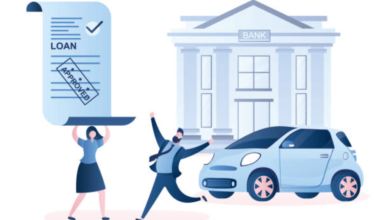
What is Loan Disclosure: Understanding the Fine Print of Borrowing
In the world of finance, loans are a common means of obtaining funds for various purposes, from buying a new home to financing a small business. However, many borrowers fail to realize the importance of loan disclosure. In this article, we will delve into the depths of what is loan disclosure, breaking down its significance, components, and why it should matter to you.
Unveiling what is loan disclosure
1. Definition of Loan Disclosure
At its core, a loan disclosure is a comprehensive document provided by lenders to borrowers. It serves as an informative guide that outlines the terms, conditions, and other crucial details of a loan agreement. Essentially, it’s the fine print you must understand before borrowing money.
2. Legal Mandates
Understanding the legal aspects is crucial, as the law often mandates loan disclosures. In the United States, for instance, lenders must provide borrowers with a Truth in Lending Act (TILA) disclosure, ensuring transparency in lending practices.
3. Types of Loan Disclosures
Loan disclosures can come in various forms, including mortgage, auto, and personal loan disclosures. Each type is tailored to the specific nuances of the loan in question.
The Contents of Loan Disclosure
4. Interest Rates and APR
Among the most critical aspects of a loan disclosure are the interest rates and Annual Percentage Rate (APR). These figures determine the cost of borrowing and can significantly impact your financial well-being.
5. Loan Duration
Loan disclosures specify the duration of the loan, indicating when payments are due and the total number of payments required to settle the debt.
6. Payment Schedule
A detailed payment schedule outlines when and how much you need to pay. This section often includes the breakdown of principal and interest payments.
7. Fees and Charges
Beware of hidden fees! Loan disclosures reveal additional charges such as origination fees, late payment, or prepayment penalties.
8. Prepayment Options
Some loans allow for early repayment without penalties. This section clarifies whether such options are available and under what conditions.
The Significance of Loan Disclosure
9. Informed Decision-Making
Loan disclosures empower borrowers with the knowledge needed to make informed decisions. Without understanding the terms, you may unknowingly commit to a loan that doesn’t align with your financial goals.
10. Preventing Predatory Lending
By law, lenders must present all loan terms transparently. This helps protect borrowers from predatory lending practices, ensuring fair treatment.
11. Budgeting and Planning
A thorough understanding of loan disclosure aids in effective budgeting. You can plan your finances better when you know how much you owe and when payments are due. Read more…
Frequently Asked Questions
Q1. Is loan disclosure the same for all types of loans?
A1. No, loan disclosures vary depending on the type of loan. Mortgage disclosures, for example, are different from auto loan disclosures.
Q2. What should I do if I don’t understand something in the loan disclosure?
A2. It’s crucial to seek clarification from the lender or a financial advisor if you don’t fully understand the terms in the disclosure.
Q3. Are there any consequences for not abiding by the terms in a loan disclosure?
A3. Yes, failing to adhere to the terms in the loan can lead to penalties and negatively impact your credit score.
Q4. Can I request a loan even before applying for a loan?
A4. Yes, requesting a loan before committing to a loan application is advisable. This allows you to review the terms and make an informed decision.
Conclusion
In the world of finance, knowledge is power, and what is loan disclosure is the key to that knowledge. It ensures transparency and protects borrowers from entering into agreements that may be financially burdensome. So, the next time you consider taking out a loan, remember the importance of reading the fine print – your financial well-being depends on it.



